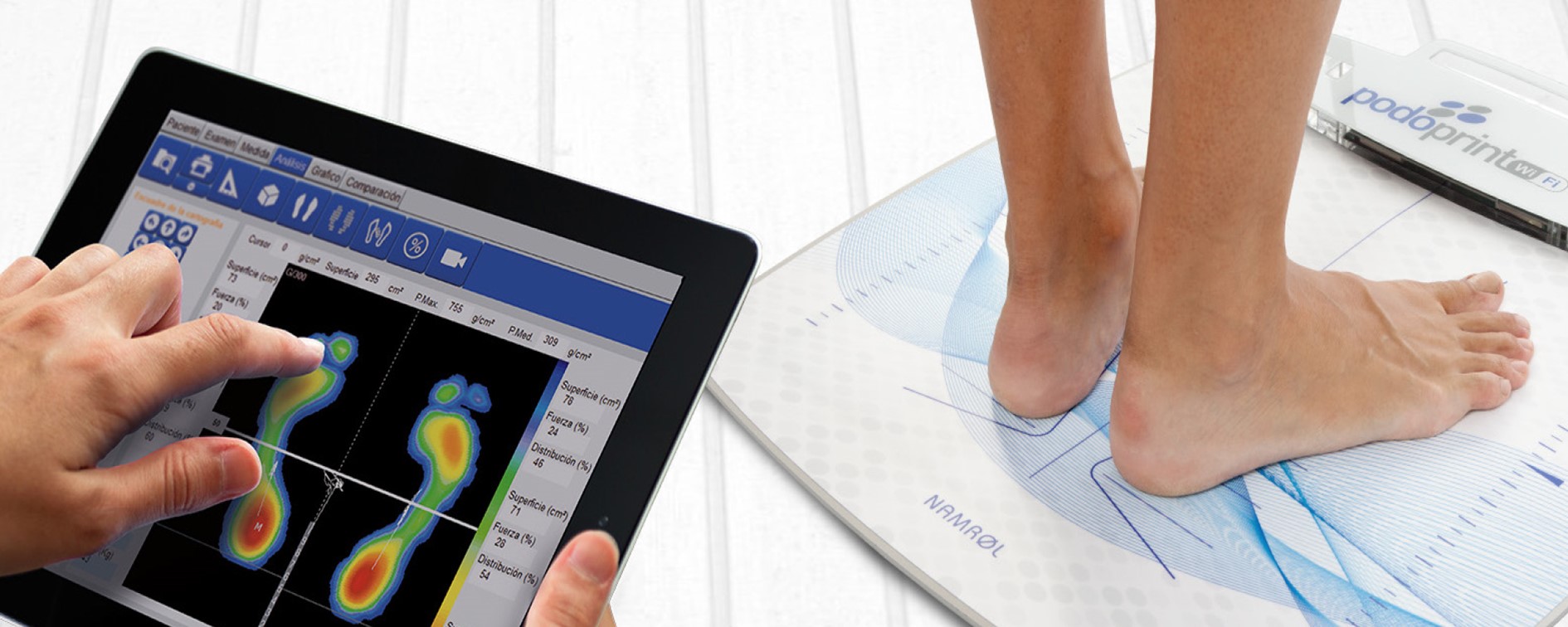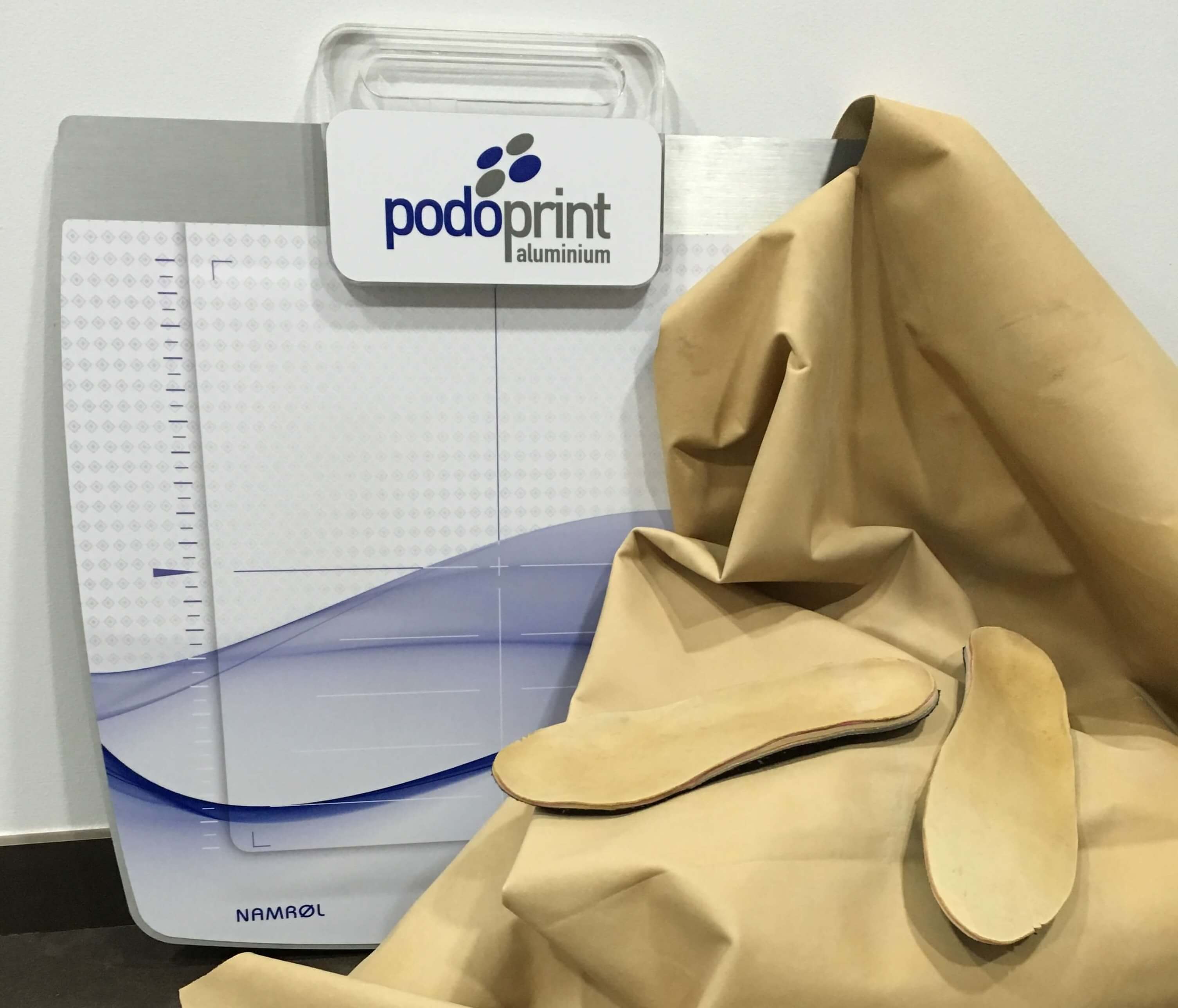
In recent years society has begun to hear that biomechanical studies of walking are being carried out in order to treat injuries or prevent their occurrence.
A gait study, or biomechanical analysis of gait, is a protocol for measuring and testing where the clinician can assess whether the ranges of bone and muscle movement are within a parameter established in studies. These parameters will be evaluated in normal or physiological or pathological. To do this, we have the help of the most advanced technology to offer a reliable and accurate diagnosis.
When we find values that are outside these parameters, we must diagnose and treat the patient with techniques appropriate to their routine and specifications. Making available to the patient the maximum knowledge of their pathology is for us an indispensable requirement for our treatments to be successful.
Our body is like a chain where each link is connected to the next. If one of these links is damaged or stops performing its function, we have to take into account that the rest of the chain will suffer a series of changes, such as an increase or decrease in work or eventually a damage to another link. If a healthy person can do an average of 5 km a day (about 7,500 steps), and our biomechanical gesture is injured by a muscle limitation, plantar pain or joint stiffness, this can trigger in overloading another area of our body.
For this reason it is important that we present or not pain, know which is our biomechanical gesture and whether it can cause us immediate or delayed injury.

